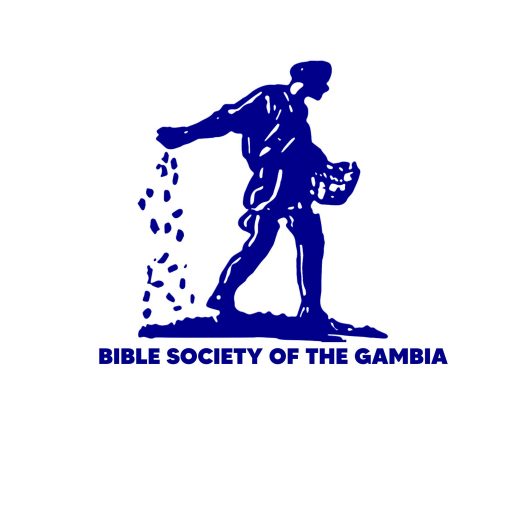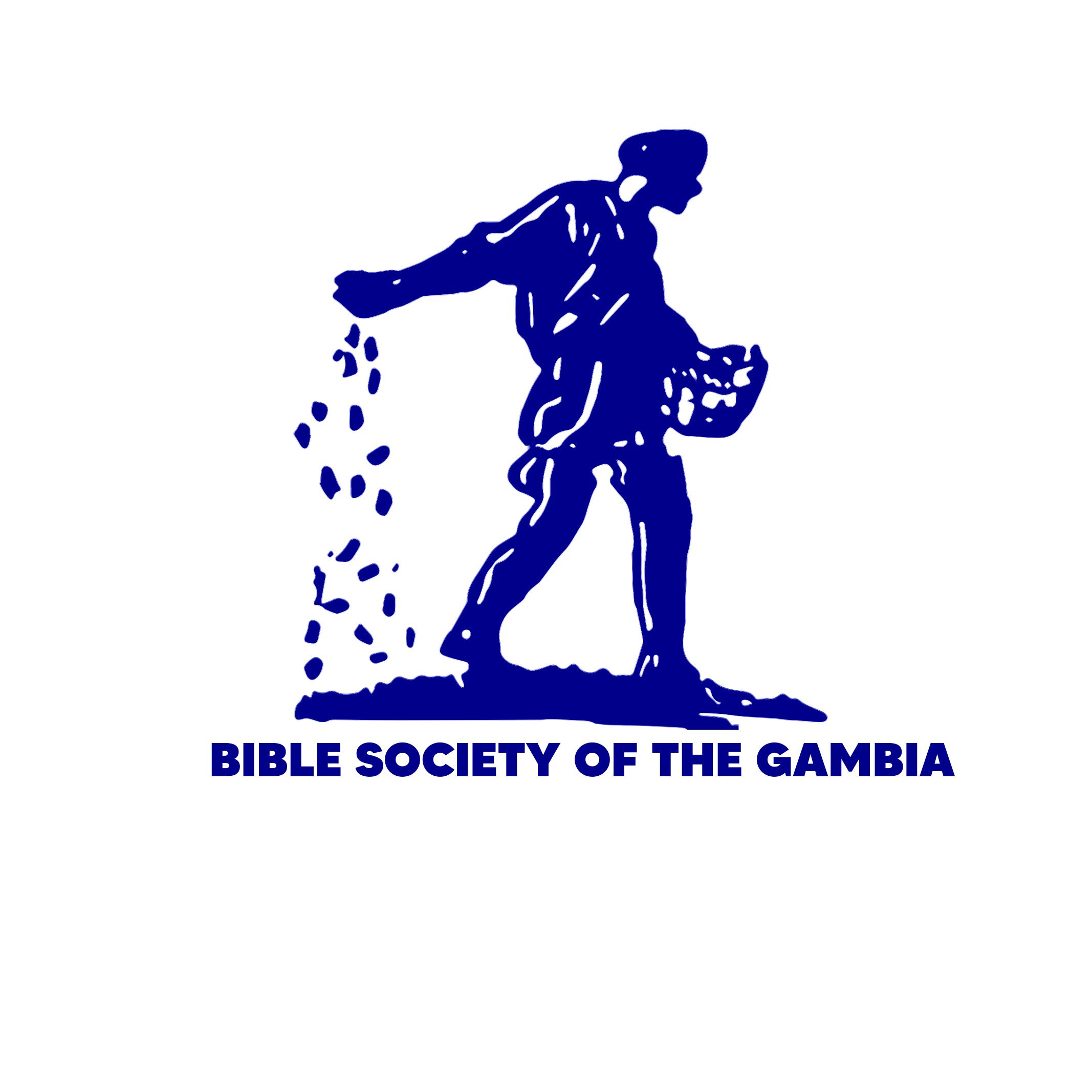Joshua Captures Towns in the North
1 King Jabin of Hazor heard about Joshua's victories, so he sent messages to many nearby kings and asked them to join him in fighting Israel. He sent these messages to King Jobab of Madon, the kings of Shimron and Achshaph, 2 the kings in the northern hill country and in the Jordan River valley south of Lake Galilee, and the kings in the foothills and in Naphath-Dor to the west. 3 He sent messages to the Canaanite kings in the east and the west, to the Amorite, Hittite, Perizzite, and Jebusite kings in the hill country, and to the Hivite kings in the region of Mizpah, near the foot of Mount Hermon.
4-5 The kings and their armies went to Merom Pond, where they set up camp, and got ready to fight Israel. It seemed as though there were more soldiers and horses and chariots than there are grains of sand on a beach.
6 The Lord told Joshua:
Don't let them frighten you! I'll help you defeat them, and by this time tomorrow they will be dead.
When you attack, the first thing you have to do is to cripple their horses. Then after the battle is over, burn their chariots.
7 Joshua and his army made a surprise attack against the enemy camp at Merom Pond 8-9 and crippled the enemies' horses. Joshua followed the Lord's instructions, and the Lord helped Israel defeat the enemy. The Israelite army even chased enemy soldiers as far as Misrephoth-Maim to the northwest, the city of Sidon to the north, and Mizpeh Valley to the northeast. None of the enemy soldiers escaped alive. The Israelites came back after the battle and burned the enemy's chariots.
10 Up to this time, the king of Hazor had controlled the kingdoms that had joined together to attack Israel, so Joshua led his army back and captured Hazor. They killed its king 11 and everyone else, then they set the town on fire.
12-15 Joshua captured all the towns where the enemy kings had ruled. These towns were built on small hills, and Joshua did not set fire to any of these towns, except Hazor. The Israelites kept the animals and everything of value from these towns, but they killed everyone who lived in them, including their kings. That's what the Lord had told his servant Moses to do, that's what Moses had told Joshua to do, and that's exactly what Joshua did.
16 Joshua and his army took control of the northern and southern hill country, the foothills to the west, the Southern Desert, the whole region of Goshen, and the Jordan River valley. 17-18 They took control of the land from Mount Halak near the country of Edom in the south to Baal-Gad in Lebanon Valley at the foot of Mount Hermon in the north. Joshua and his army were at war with the kings in this region for a long time, but finally they captured and put to death the last king.
19-20 The Lord had told Moses that he wanted the towns in this region destroyed and their people killed without mercy. That's why the Lord made the people in the towns stubborn and determined to fight Israel. The only town that signed a peace treaty with Israel was the Hivite town of Gibeon. The Israelite army captured the rest of the towns in battle.
21 During this same time, Joshua and his army killed the Anakim from the northern and southern hill country. They also destroyed the towns where the Anakim had lived, including Hebron, Debir, and Anab. 22 There were not any Anakim left in the regions where the Israelites lived, although there were still some in Gaza, Gath, and Ashdod.
23 That's how Joshua captured the land, just as the Lord had commanded Moses, and Joshua divided it up among the tribes.
Finally, there was peace in the land.
Keloo meŋ keta Kanaani bankoo maraa karoo la
1 Kabiriŋ Yabini Hasori mansa ye ñiŋ moyi, a ye kumoo kii Yobabu ye Madoni mansa, Simuroni mansa, aniŋ Akisafu mansa, 2 aniŋ mansoolu mennu be konkotundoo* kaŋ maraa karoo la, Araba* tundoo la Kinnereti bulubaa kara maafaŋo la, Sefela* konkotundoo la, aniŋ Dori tundoo kaŋ tilijii karoo la. 3 Mansa Yabini ye kumoo kii Kanaaninkoolu fanaa ye le, mennu be tilijiyo niŋ tiliboo la, Amorinkoolu, Hitinkoolu, Perisi koomalankoolu aniŋ Yebusinkoolu, mennu be sabatiriŋ konkotundoo kaŋ, aniŋ Hiwinkoolu, Herimoni* konkosiŋo la Misipa bankoo kaŋ.
4 Ì niŋ ì la kelediŋ kafoolu bee naata, ì be siyaariŋ ko bankumunkoo, ì niŋ suu jamaa aniŋ keleraŋ sareetoolu*. 5 Ñiŋ mansoolu bee naata soŋ. Ì laata ñoo kaŋ, ì ye daakaa loo Meromu Bolondiŋo to, ka Banisirayilankoolu kele.
6 Yaawe* ko Yosuwa ye ko, “Kana sila ì la, kaatu saama ñiŋ ñoŋ waatoo nte faŋo le be ì bee duŋ na Banisirayilankoolu buloo kono ka ì faa. I be ì la suwoolu le lanjuuru la, aniŋ i ye ì la keleraŋ sareetoolu jani.”
7 Wo le to Yosuwa niŋ a la kelediŋ kafoo bee naata ì kaŋ moonewo kono Meromu Bolondiŋo to ka ì kele. 8 Yaawe ye ì duŋ Banisirayilankoolu bulu le. Ì ye ì noo le ka ì bayi fo Sidoni saatee baa to, Misirefoti-Mayimu, aniŋ Misipa Wulumbaŋo kono tiliboo la. Ì maŋ hani moo kiliŋ ne tu baluwo to jee. 9 Yosuwa ye a ke ì la le, ko Yaawe ye a fo a ye ñaameŋ: A ye ì la suwoolu lanjuuru, aniŋ a ye ì la keleraŋ sareetoolu jani.
10 Wo waatoo le mu, Yosuwa muruta kooma, a ye Hasori saatewo muta, a ye a mansa faa hawusaroo* la. Hasori, ate le mu nuŋ ñiŋ mansamarali bankoolu bee la kundaa baa ti. 11 Moo-wo-moo be saatewo to jee, ì ye ì bee le faa hawusaroo la. Ì ye ì bee le kasaara, hani niilamaa kiliŋ, ì maŋ wo le tu baluwo to jee. Bituŋ a naata Hasori faŋo jani.
12 Ñiŋ saatewolu mennu bee ye mansoolu soto, Yosuwa ye ì bee le taa. A ye ì la mansoolu bee faa hawusaroo la. A ye ì bee le kasaara, ko Musa Yaawe la dookuulaa ye a yaamari ñaameŋ. 13 Bari Banisirayilankoolu nene maŋ hani saatee kiliŋ ne jani, mennu be looriŋ tumbuŋ kotoolu to, fo Hasori dammaa, Yosuwa ye meŋ jani. 14 Banisirayilankoolu ye feŋolu bee le samba, aniŋ beeyaŋolu ka ì ke ì taa ti, ì ye feŋolu mennu bondi wo saatewolu kono keloo waatoo. Bari saatewolu moolu, ì ye ì bee le faa hawusaroo la, fo ì ye ì baŋ kasaara la. Hani niilamaa kiliŋ, ì maŋ wo le tu jee. 15 Ko Yaawe ye a la dookuulaa Musa yaamari ñaameŋ, Musa fanaa ye Yosuwa yaamari wo le ñaama, bituŋ Yosuwa ye a ke. A maŋ hani feŋ kiliŋ ne tu kooma, Yaawe ye Musa yaamari mennu bee la.
Kanaani bankoo bee be Banisirayilankoolu le bulu saayiŋ
16 Yosuwa ye ñiŋ bankoo bee le taa, a konkotundoo, Nekefu* tundoo, Koseni tundoo bee, Sefela* tundoo, Araba tundoo, Banisirayila konkoolu aniŋ Yoridani Wulumbaŋo. 17 A ye bankoo bee taa ka bo Halaku Konkoo to bulubaa kara maafaŋo la, meŋ taata fo Seyiri, ka taa Baali-Kadu, Libanooni Wulumbaŋo kono Herimoni konkosiŋo la maraa karoo la. A ye ì la mansoolu bee muta, ka ì bee faa. 18 Yosuwa ye keloo wulindi ka ñiŋ mansoolu kele waati jaŋ baa le la. 19 Hani saatee kiliŋ ne maŋ soto, meŋ niŋ Banisirayilankoolu ye kayira kambeŋo siti. Saatee koteŋolu, Banisirayila ye ì bee le kele, ì ye ì taa, fo Hiwinkoolu, mennu be sabatiriŋ Kibeyoni. 20 Yaawe faŋo le ye ì sondomeñaalu suki ka keloo wulindi, ì niŋ Banisirayilankoolu teema, fo a si ì bee kasaara noo. A maŋ balafaa soto ì turubaŋo to, ko ate Yaawe faŋo ye a fo Musa ye ñaameŋ.
21 Wo waatoo le mu, Yosuwa taata ka Anaki koomalankoolu bee kasaara, mennu bota konkotundoo kaŋ: Heburoni, Debiri, Anabu, Yahuuda konkotundoo bee, aniŋ Banisirayila konkotundoo bee. Yosuwa ye ì niŋ ì la saatewolu bee le kasaara. 22 Hani Anaki koomalanka kiliŋ ne maŋ tu Banisirayila bankoo kaŋ, fo niŋ doolu tarata baluuriŋ Kaasa, Kati aniŋ Asidodi saatewo kono.
23 Yosuwa ye bankoo ñiŋ bee le taa, komeŋ Yaawe ye a fo Musa ye ñaameŋ. Bituŋ a naata a bee keetalaa, Banisirayila lasiloolu dammaalu teema. Bituŋ keloo naata tenkuŋ bankoo kaŋ.

